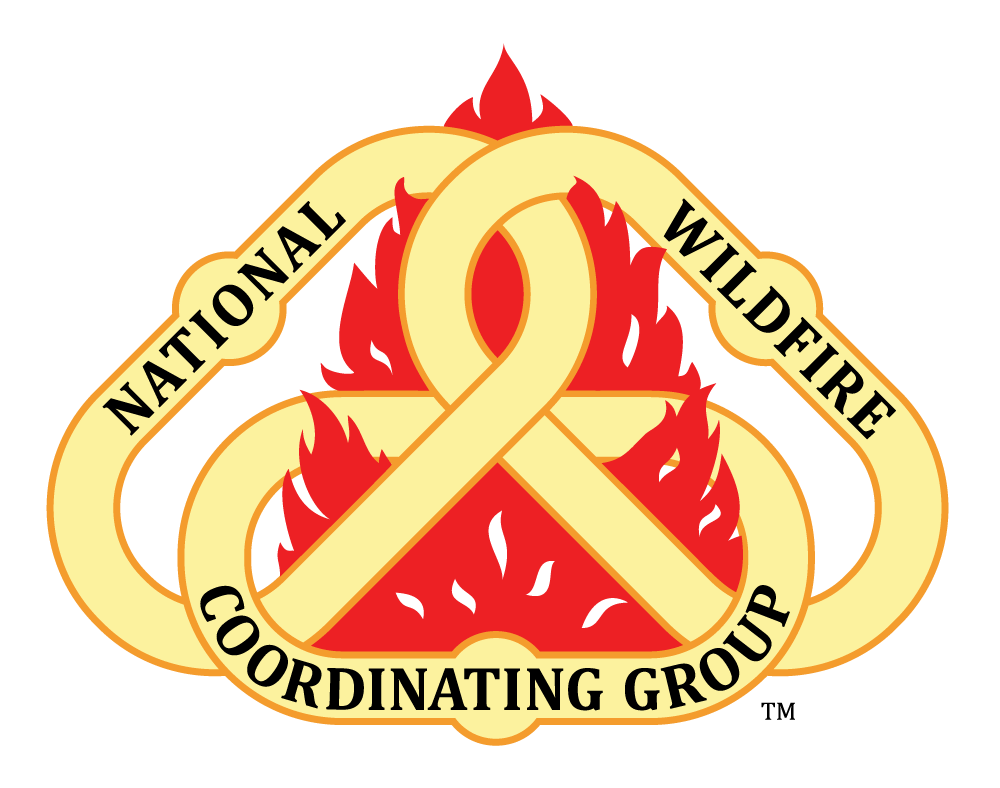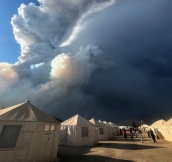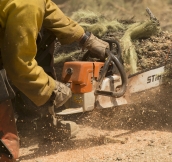
Operational briefings are critical to safe fire operations. To ensure a consistent and effective briefing, a standardized briefing checklist should always be used. The following checklist is printed on the inside back cover of the NWCG Incident Response Pocket Guide (IRPG), PMS 461:
Situation:
- Fire name, location, map orientation, other incidents in the area
- Terrain influences
- Fuel type and conditions
- Fire weather (previous, current, and expected)
- Winds, relative humidity (RH), temperatures, etc.
- Fire behavior (previous, current, and expected): Time of day, alignment of slope and wind, etc.
Mission/Execution:
- Command: Incident Commander (IC)/immediate supervisor
- Leader’s intent: overall objectives/strategy
- Specific tactical assignments
- Contingency plans
- Medevac plan: personnel, equipment, transport options, contingency plans
Communications:
- Communication Plan: tactical, command, air-to-ground frequencies, cell phone numbers, etc.
Service/Support:
- Other resources: working adjacent and those available to order
- Aviation operations
- Logistics: transportation, supplies and equipment
Risk Management:
- Identify known hazards and risks
- Identify control measures to mitigate hazards/reduce risk
- Include LCES
- Identify trigger points for reevaluating operations
Questions or Concerns?





